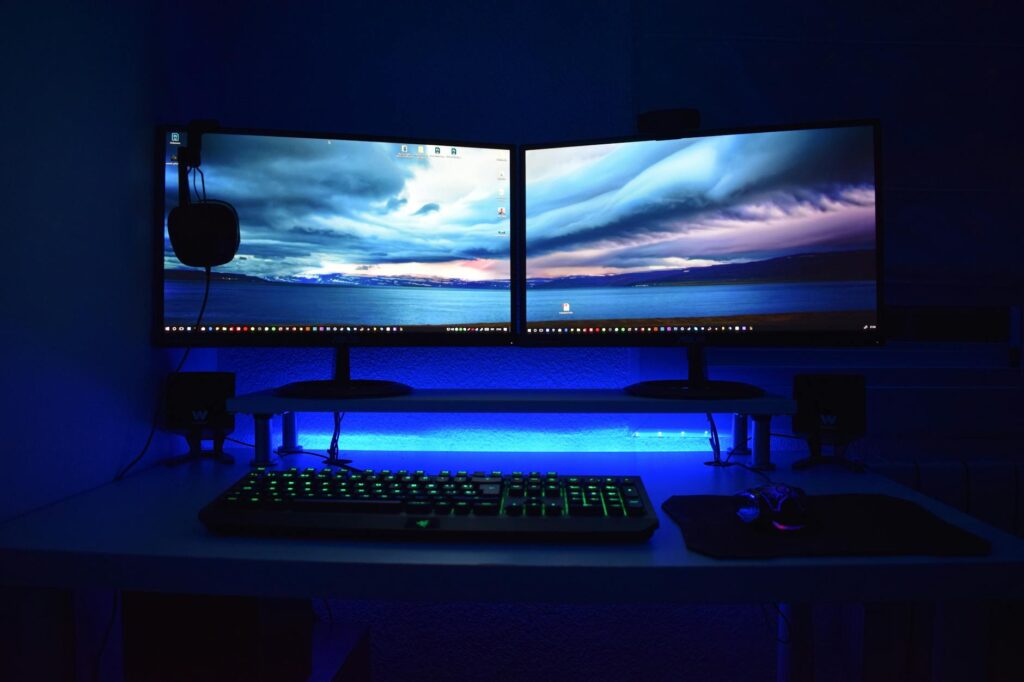Acelerar el arranque y apagado de la PC en Windows 10

- Antes de empezar: lo que sí marca una gran diferencia
- Acelerar arranque Windows 10: Paso 1 — Activa “Inicio rápido”
- Paso 2 — Quita programas del arranque
- Paso 3 — Limita apps en segundo plano
- Paso 4 — Desactiva sugerencias y reduce notificaciones
- Paso 5 — Ajusta efectos visuales
- Paso 6 — Apagado rápido con accesos directos
- Paso 7 — Mantenimiento básico que acelera todo
- Opcional (avanzado) — Solo si sabes lo que haces
- Checklist exprés (marca lo que ya hiciste)
- Preguntas rápidas
- Recursos y lecturas útiles
Si buscas acelerar arranque Windows 10 y también el apagado sin instalar programas de pago, esta guía te enseña a activar Inicio rápido, limpiar apps de inicio, limitar apps en segundo plano, ajustar efectos visuales y reducir notificaciones. Abajo tienes los pasos, consejos avanzados y un checklist.
Cuando Windows 10 tarda en encenderse o apagarse, bastan unos ajustes del propio sistema para ganar segundos notables y mejorar la sensación de fluidez. Todo explicado en lenguaje sencillo para evitar errores comunes.
Antes de empezar: lo que sí marca una gran diferencia
- Usar SSD: el salto a SSD transforma el arranque. Deja 15–20% de espacio libre.
- Actualiza Windows/Drivers: evita cuellos de botella y errores de energía.
- Respaldos: crea un punto de restauración antes de tocar opciones avanzadas.
Relacionado en mi sitio: Más guías para Windows · Categoría Windows
Acelerar arranque Windows 10: Paso 1 — Activa “Inicio rápido”
Ruta: Panel de control > Opciones de energía > Elegir la acción de los botones de inicio/apagado > Cambiar la configuración no disponible actualmente > marca Activar inicio rápido (recomendado) > Guardar.
Si no aparece la casilla, habilita la hibernación (símbolo del sistema como administrador):
powercfg /hibernate onNote: si usas arranque dual o Wake-on-LAN, prueba con y sin Inicio rápido y quédate con lo más estable.
Paso 2 — Quita programas del arranque
Ruta: clic derecho en Inicio > Administrador de tareas > Aplicaciones de inicio > deshabilita lo que no necesitas (prioriza “Impacto de inicio: Alto”).
Regla 80/20: suele bastar con mantener antivirus, drivers y la app de sincronización que uses.
Paso 3 — Limita apps en segundo plano
Ruta: Inicio > Configuración > Privacidad > Aplicaciones en segundo plano > apaga lo que no utilices. Ganarás RAM y CPU, sobre todo en portátiles.
Paso 4 — Desactiva sugerencias y reduce notificaciones
Ruta: Configuración > Sistema > Notificaciones y acciones > desmarca “Sugerencias de Windows” y silencia apps ruidosas. Menos interrupciones, más fluidez.
Paso 5 — Ajusta efectos visuales
Ruta: Equipo (clic derecho) > Propiedades > Configuración avanzada del sistema > Rendimiento > Configuración > elige “Ajustar para obtener el mejor rendimiento” o personaliza (deja suavizado de fuentes y miniaturas).
Paso 6 — Apagado rápido con accesos directos
En el escritorio: clic derecho > Nuevo > Acceso directo y pega uno de estos:
Apagar de inmediato: shutdown -s -t 0
Reiniciar de inmediato: shutdown -r -t 0
Cerrar sesión: shutdown -l -t 0Paso 7 — Mantenimiento básico que acelera todo
- Sensor de almacenamiento: Configuración > Sistema > Almacenamiento > activa Sensor de almacenamiento para limpiar temporales.
- SSD al día: at Desfragmentar y optimizar unidades verifica que tu SSD se optimiza (TRIM).
- Plan de energía: usa Equilibrado o Alto rendimiento si editas vídeo o juegas.
Opcional (avanzado) — Solo si sabes lo que haces
Para diagnósticos puntuales, presiona Win + R, escribe msconfig y usa Inicio selectivo. No desactives servicios a ciegas. El valor WaitToKillServiceTimeout suele ser 5000 (5 s); bajarlo fuerza cierres y no es recomendable fuera de entornos controlados.
Importante: evita “tweaks milagro” que cambian decenas de claves del registro. Beneficio mínimo, riesgo alto.
Checklist exprés (marca lo que ya hiciste)
- Activé Inicio rápido for acelerar arranque Windows 10.
- Deshabilité apps de inicio con impacto Alto.
- Apagué apps en segundo plano que no uso.
- Reducí notificaciones y sugerencias.
- Ajusté efectos visuales a rendimiento.
- Creé accesos directos para apagar/reiniciar.
- Activé Sensor de almacenamiento y verifiqué optimización de SSD.
Preguntas rápidas
¿Es seguro activar Inicio rápido?
En la mayoría de equipos sí es seguro. Puede generar conflictos si usas arranque dual, ciertas funciones de red (Wake-on-LAN) o controladores antiguos. Si notas comportamientos extraños, desactívalo; no afecta tus archivos.
No me aparece la opción de Inicio rápido
Activa la hibernación desde una consola con permisos de administrador: powercfg /hibernate on. Luego ve a Panel de control > Opciones de energía > Elegir la acción de los botones de inicio/apagado y debería mostrarse. Si sigue sin aparecer, revisa políticas corporativas, actualiza controladores/chipset y verifica en la UEFI/BIOS que no haya ajustes que lo desactiven.
¿Cuánto puedo mejorar?
Con SSD y sistema ordenado, el arranque suele quedar en 10–20 s. Con disco duro mecánico, entre 30–60 s. El apagado normalmente mejora 20–50 % al limitar apps de inicio, segundo plano y efectos visuales.
Recursos y lecturas útiles
- Administrar apps de inicio en Windows (Microsoft)
- Controlar apps en segundo plano (Microsoft)
- Habilitar/Deshabilitar Inicio rápido en Windows 10 (Windows Central)
Más en informaticacolectiva.com: Guías sobre arranque · Categoría Software

Write us a comment: